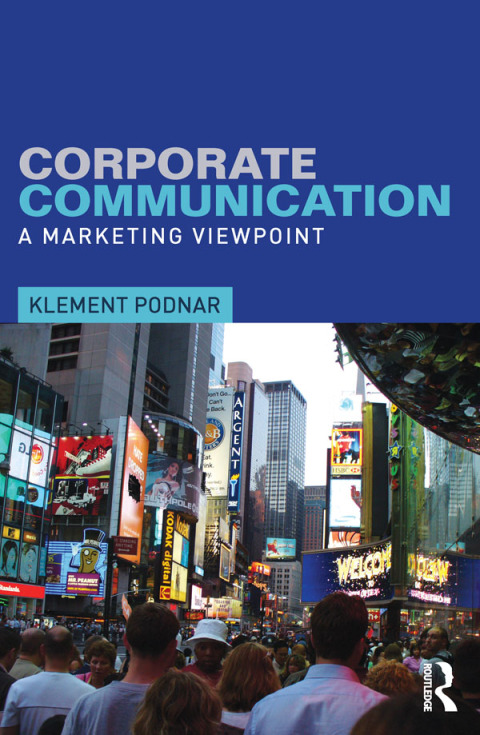Description
Efnisyfirlit
- Cover
- Half Title
- Title Page
- Copyright Page
- Table of Contents
- List of figures
- Introduction
- 1 Corporate communication framework
- 1.1 The concept of corporate communication
- 1.2 Overview of corporate communication
- 1.3 Duality of organizations
- 1.4 Focus of corporate communication: identity, image and reputation
- 1.5 Corporate communication in organizations
- 2 Corporate identity
- 2.1 Understanding corporate identity
- 2.2 Goals and corporate identity
- 2.3 Managing corporate identity
- 2.4 The role of branch identity
- 2.5 Articulation of corporate identity
- 2.6 Communicating corporate identity
- 3 Corporate brand and branding
- 3.1 Definition of corporate brand
- 3.2 Purpose and consequences of corporate brands
- 3.3 Corporate branding
- 3.4 Identity and position of corporate brands
- 3.5 Company’s brand architecture
- 3.6 Organizational structure of corporate brands
- 3.7 Corporate rebranding
- 4 Employer branding
- 4.1 Corporate brand and employees
- 4.2 Employer branding
- 4.3 Internal branding programmes
- 4.4 Internal branding and organizational identity and culture
- 5 Ethical branding and corporate social responsibility
- 5.1 Ethical branding and its misuses
- 5.2 Understanding corporate social responsibility
- 5.3 Societal expectations as the foundation of corporate social responsibility
- 5.4 Implementation of corporate social responsibility
- 5.5 Communicating corporate social responsibility
- 5.6 Reporting corporate social responsibility
- 6 Stakeholder management and communications
- 6.1 Stakeholder paradigm
- 6.2 Public and public sphere
- 6.3 Categories of stakeholders
- 6.4 Distribution of power among stakeholders
- 6.5 Criteria for classification of stakeholders
- 6.6 Stakeholder management
- 6.7 Stakeholder behaviour
- 6.8 Communication with stakeholders
- 7 Storytelling and issue management in times of change and crises
- 7.1 Definition of corporate story
- 7.2 Framework and structure of the corporate story
- 7.3 Plurality of corporate stories and their role in times of organizational changes
- 7.4 Communication in crisis
- 8 Corporate communications
- 8.1 Purpose of corporate communications
- 8.2 Management as the company’s spokesperson
- 8.3 Company’s celebrity endorsers
- 8.4 Corporate visual identity (CVI)
- 8.5 Corporate and institutional advertising
- 8.6 Informal communications
- 9 Corporate associations: identity traits and corporate image
- 9.1 Corporate associations
- 9.2 Perception of a company
- 9.3 Identity traits
- 9.4 Corporate image
- 9.5 Measuring corporate image
- 9.6 Critiques of corporate image
- 9.7 Achieving desired corporate image
- 10 Corporate associations: reputation and trust
- 10.1 Corporate reputation
- 10.2 Dimensions of corporate reputation
- 10.3 Corporate reputation management
- 10.4 Perceived external prestige of a company
- 10.5 Consequences of corporate reputation
- 10.6 Forms and roles of trust
- 10.7 Definition of trust
- 10.8 Dimensions of trust
- 10.9 Consequences of bad reputation and mistrust
- 11 Organizational identification
- 11.1 Identification: main characteristics
- 11.2 Identifications in the work environment
- 11.3 Corporate and group identification of employees
- 11.4 Consumer identification
- 11.5 Brand communities
- 11.6 Effects of organizational identification
- 12 Organizational commitment and social acceptability
- 12.1 Influence of organizational identification on commitment
- 12.2 Understanding organizational commitment
- 12.3 Dimensions of commitment
- 12.4 Effects of commitment
- 12.5 Social acceptability
- Conclusion
- Author index
- Subject index






Reviews
There are no reviews yet.